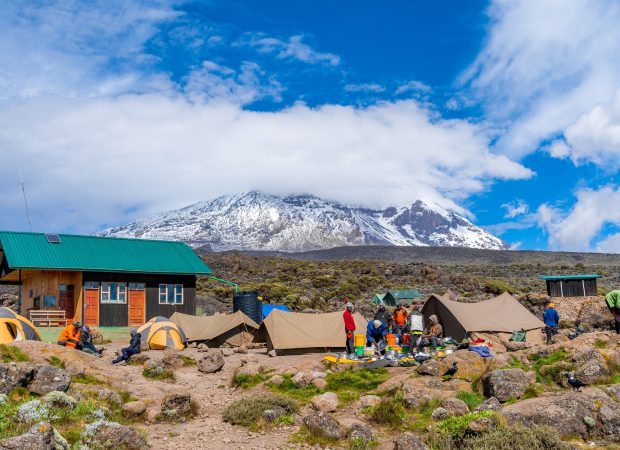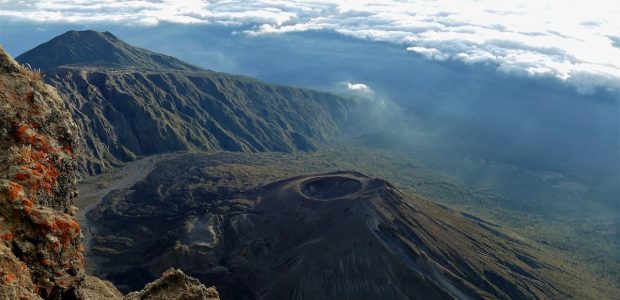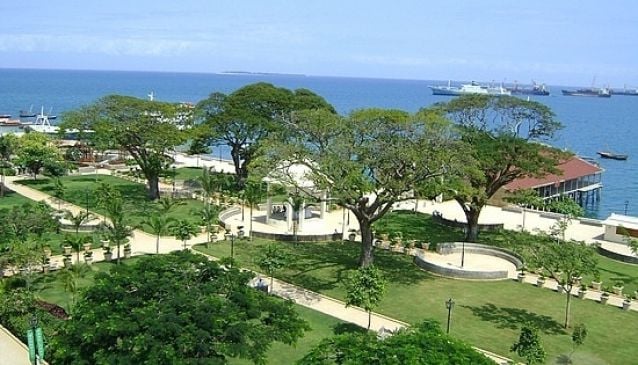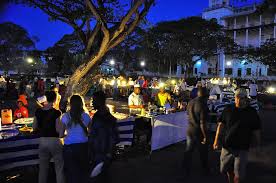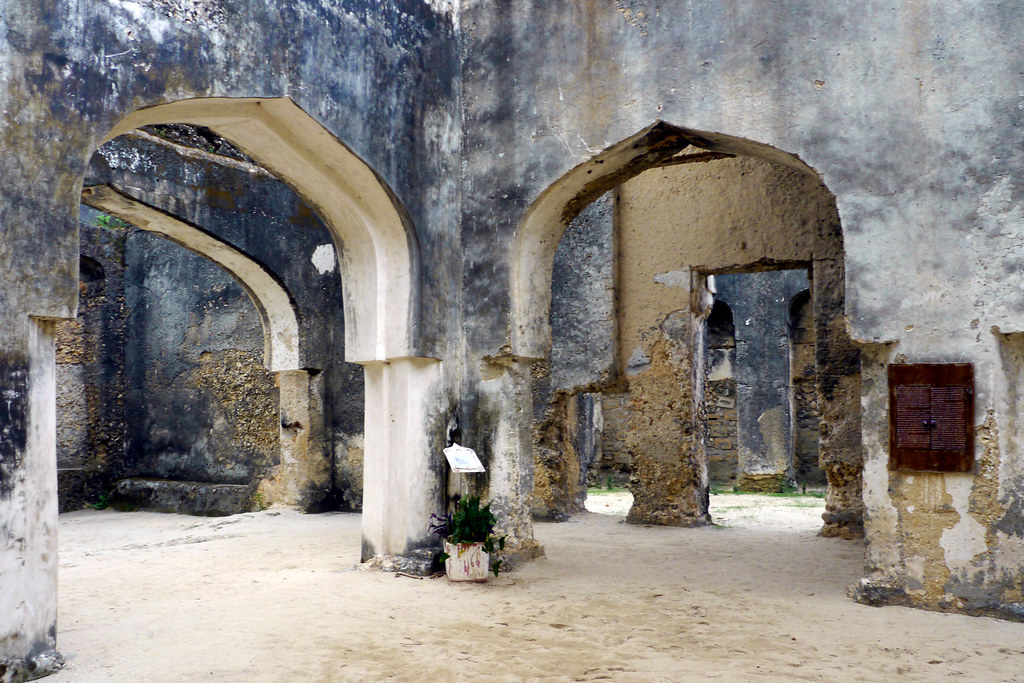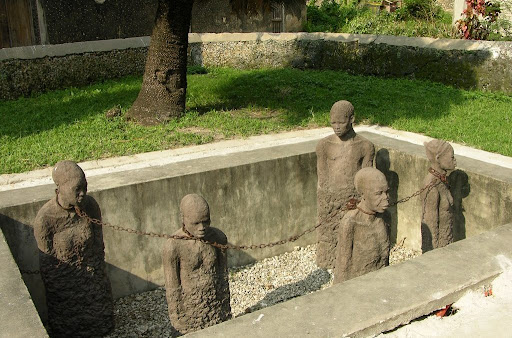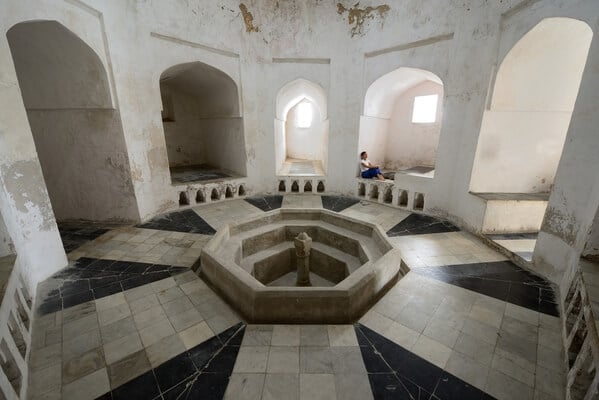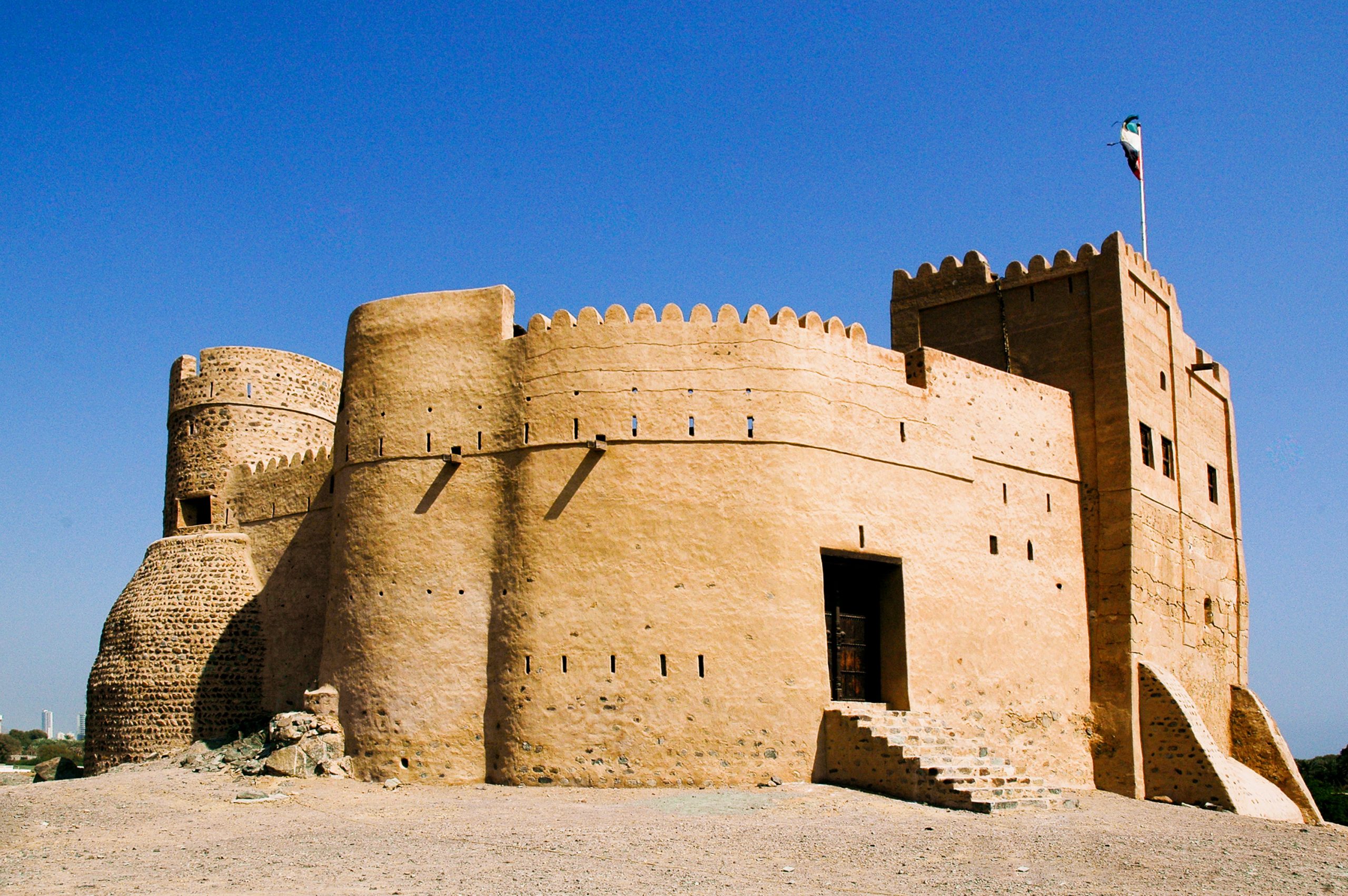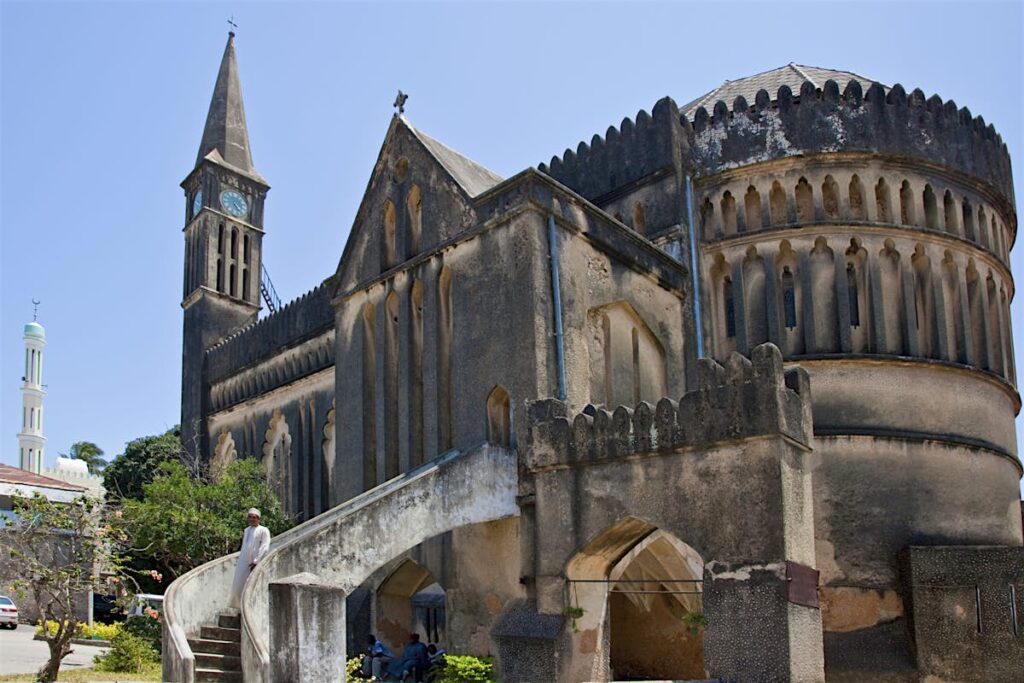
- Home
- About us
- Safari
- 3 Days Tanzania Safari Adventure
- 4 Days Tanzania Safari Adventure
- 5 Days Tanzania Safari Adventure
- 5 Days Zanzibar Serenity & Selous Adventure
- 6 Days Tanzania Safari
- 7 Days Tanzania Special Adventure
- 7 Days Tanzanian Odyssey – Great Migration Safari
- 8 Days Adventurous Safari
- 8 Days Great Migration Adventure
- 9 Days Tanzania Odyssey, Great Migration and Cultural Experience
- 9 Days Tanzania Safari Serenity & Zanzibar Bliss
- 11 Days Kilimanjaro Summit & Safari Adventure
- Trekking
- Day Trip
- Zanzibar
- Contact


